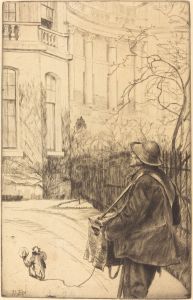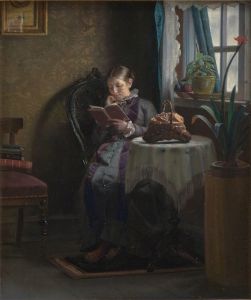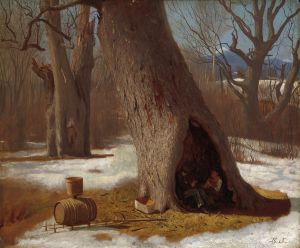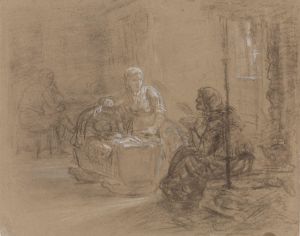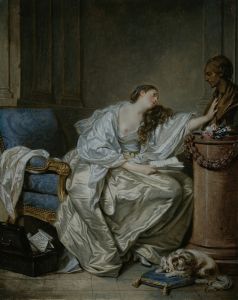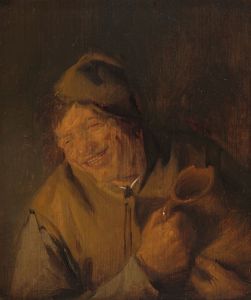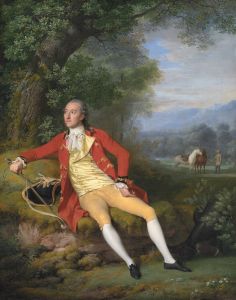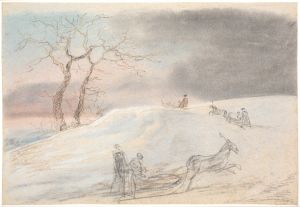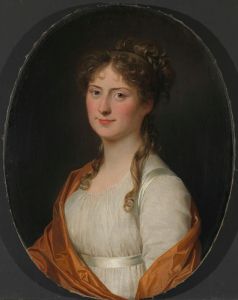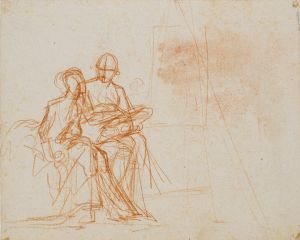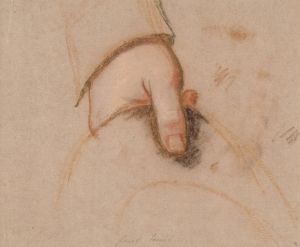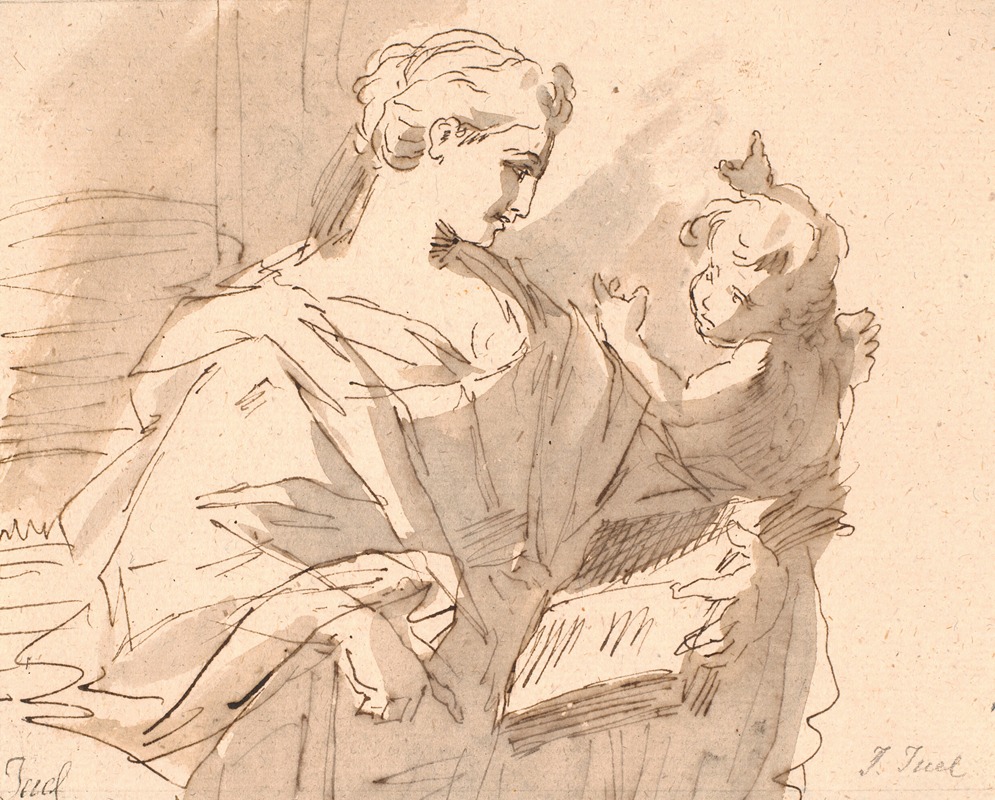
En helgeninde med en bog og en putto
A hand-painted replica of Jens Juel’s masterpiece En helgeninde med en bog og en putto, meticulously crafted by professional artists to capture the true essence of the original. Each piece is created with museum-quality canvas and rare mineral pigments, carefully painted by experienced artists with delicate brushstrokes and rich, layered colors to perfectly recreate the texture of the original artwork. Unlike machine-printed reproductions, this hand-painted version brings the painting to life, infused with the artist’s emotions and skill in every stroke. Whether for personal collection or home decoration, it instantly elevates the artistic atmosphere of any space.
"En helgeninde med en bog og en putto" (A Saint with a Book and a Putto) is a painting by the Danish artist Jens Juel. Jens Juel (1745-1802) was a prominent figure in Danish art during the late 18th century, known for his portrait paintings and his role in the development of Danish neoclassicism. He was born in Balslev on the island of Funen and received his early artistic training in Hamburg before studying at the Royal Danish Academy of Fine Arts in Copenhagen.
The painting "En helgeninde med en bog og en putto" is a fine example of Juel's skill in combining classical themes with a refined, neoclassical style. The artwork depicts a saintly female figure, often referred to as a "helgeninde" in Danish, which translates to "female saint" in English. She is portrayed holding a book, a common attribute in religious iconography symbolizing wisdom, knowledge, or divine revelation. Accompanying her is a putto, a small cherubic figure often used in Baroque and Renaissance art to represent a celestial or divine presence.
Juel's use of light and shadow in this painting highlights his mastery of chiaroscuro, a technique that creates a strong contrast between light and dark to give the illusion of volume in modeling three-dimensional objects and figures. The saint's serene expression and the delicate rendering of her features reflect Juel's ability to convey both physical beauty and spiritual grace.
The composition of the painting is balanced and harmonious, with the saint positioned centrally and the putto adding a dynamic element to the scene. The background is typically understated, allowing the viewer to focus on the figures and their interaction. The use of soft, muted colors is characteristic of Juel's palette, contributing to the overall sense of calm and reverence in the painting.
Jens Juel's works are significant in the context of Danish art history, as he played a crucial role in the transition from the Baroque to the neoclassical style in Denmark. His paintings often reflect the influence of his travels in Europe, particularly his time spent in Italy, where he was exposed to the works of the great masters of the Renaissance and Baroque periods.
"En helgeninde med en bog og en putto" is housed in the collection of the Statens Museum for Kunst (National Gallery of Denmark) in Copenhagen. The museum holds a significant collection of Juel's works, showcasing his contributions to Danish art and his influence on subsequent generations of artists.
In summary, "En helgeninde med en bog og en putto" by Jens Juel is a notable example of Danish neoclassical painting, reflecting the artist's technical skill and his ability to convey both physical and spiritual beauty. The painting remains an important part of Denmark's cultural heritage and continues to be appreciated for its artistic and historical significance.





